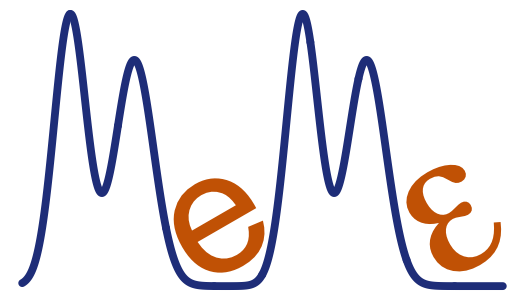This week, the Census of Marine Life has finally published its definitive answer to the question, how many marine species are there? (The definitive answer being, lots more than we thought, and many more than we’ve described.) Clinging to the coat tails of this mini media storm, my paper on the global distribution of recorded marine biodiversity has also finally snuck out. I’m not a habitual press releaser, but we decided to stick one out for this paper for a couple of reasons. First, I just think it’s cool. We plotted the position in the water column of around 7 million records of marine organisms stored within the Ocean Biogeographic Information System. What this shows is that, unsurprisingly, the shallow seas surrounding the continents are better sampled (by orders of magnitude) than the deep oceans. But by considering the relationship between the depth at which each sample was taken, and the depth of the ocean at that point, we were able to gain a more nuanced picture: those records that we do have from the deep seas tend to come either from the surface, or from the sea bed, leaving the ‘big blue bit in the middle’ – the almost inconceivably vast deep pelagic ocean – virtually unexplored.
Webb_fig2.tiff
The distribution of global recorded marine biodiversity. The figure represents the water column, with the x axis proportional to the area of the ocean at different depths (y axis).
I was also keen to produce the press release because, for a variety of (largely political) reasons, we sent this work to PLoS ONE. Now dear old PLoS ONE has its pros and cons (I plan to write more about these soon), but the simple fact that it publishes so much every week means that I was worried that our paper would simply disappear without a little push from us.
Now, because of the clutch of CoML papers, the media are clearly primed and ready to pursue marine biodiversity stories. As a consequence, our press release got a good reception, and I’ve been approached by everyone from the Guardian to Fox News, and I’ve even done an interview on BBC Radio Sheffield. All of which is great, and I do of course enjoy seeing my name in print.
The flip side is that my name has become associated with CoML – fine by me, and my work was indeed linked with the Census, albeit only loosely. But it means that the questions I’m being asked are things like, How do you go about counting all the species in the sea? As well as things about the gulf oil spill and so on, some distance from my area of expertise. My feeling is that I ought to engage with these questions, and I can probably give as well-informed an answer as almost anyone. But my work is data analytical, and I’m not a hands-on marine biologist, and I just cannot shake the fear of saying something foolish.
Still, there’s something depressingly appropriate about stories of the parlous state of marine biodiversity becoming tomorrow’s fish and chip wrappers…
